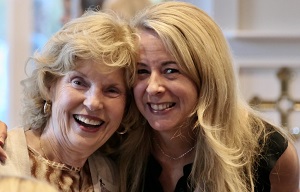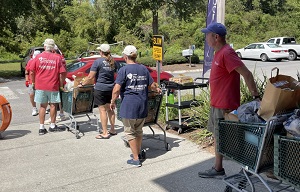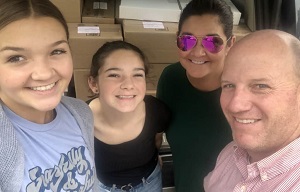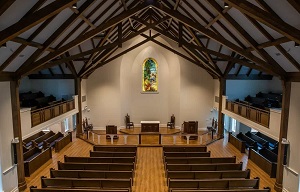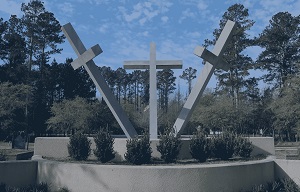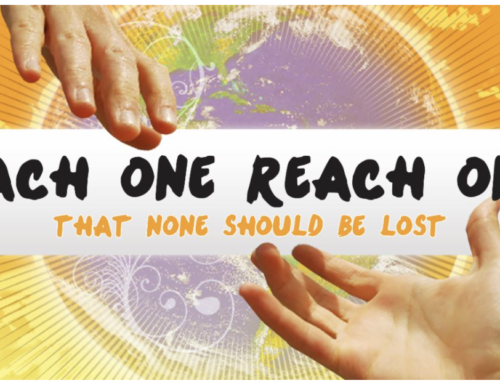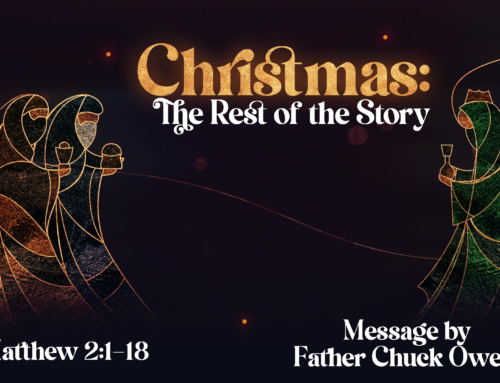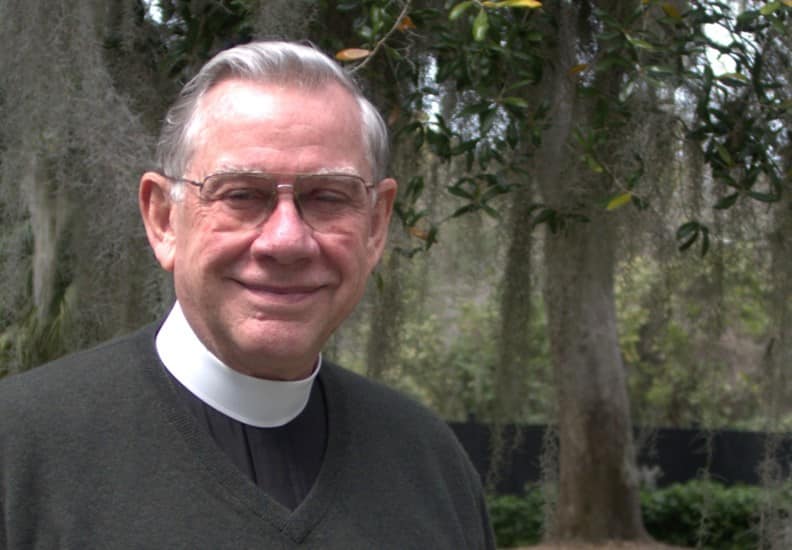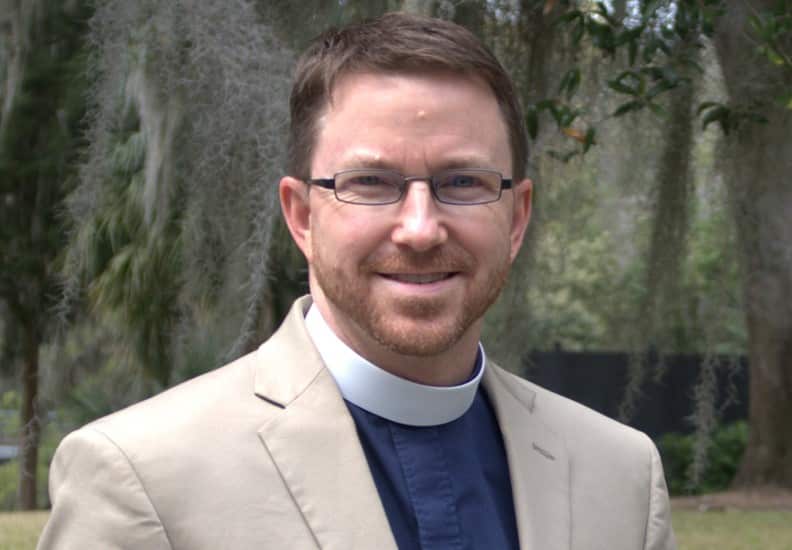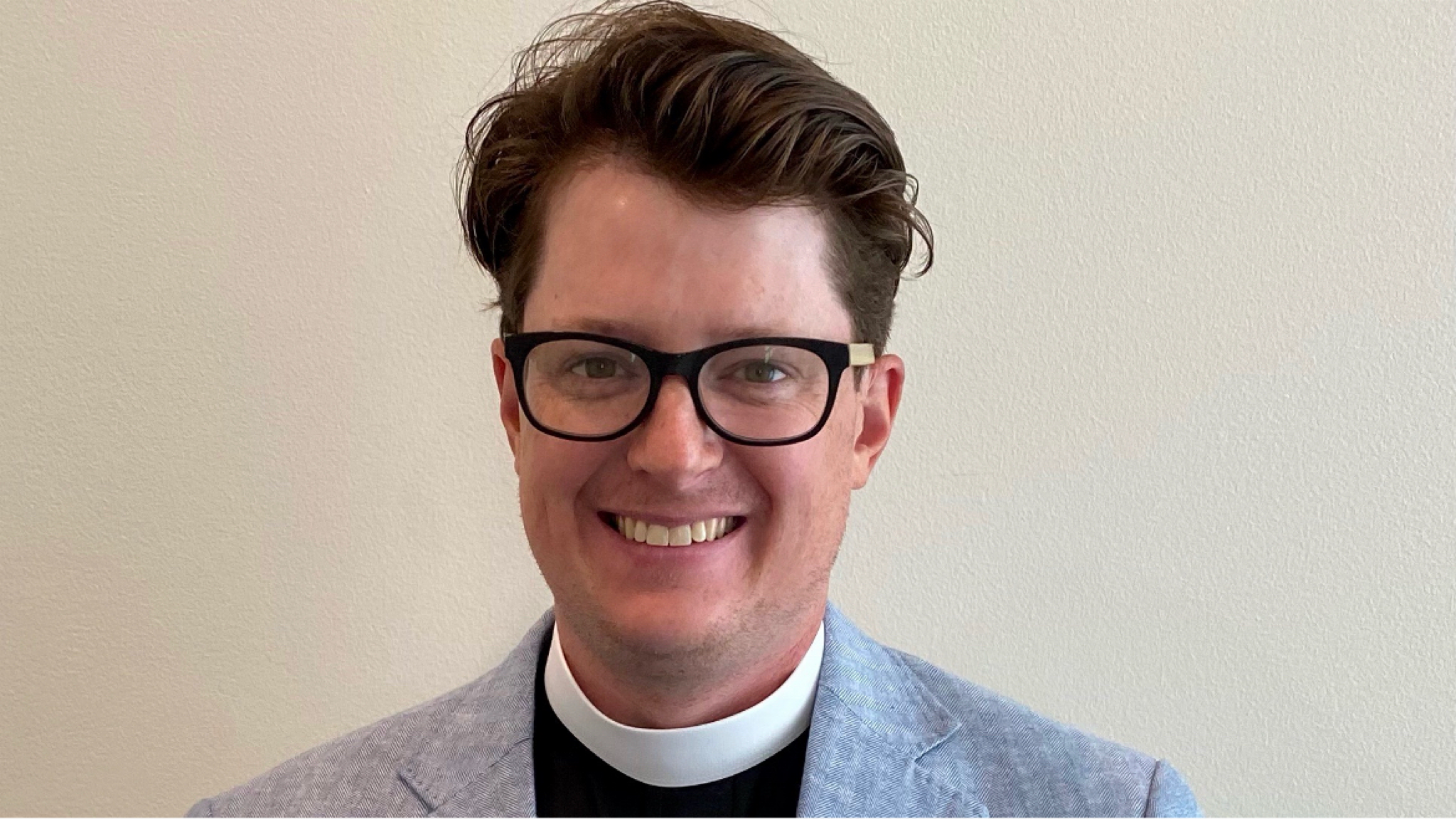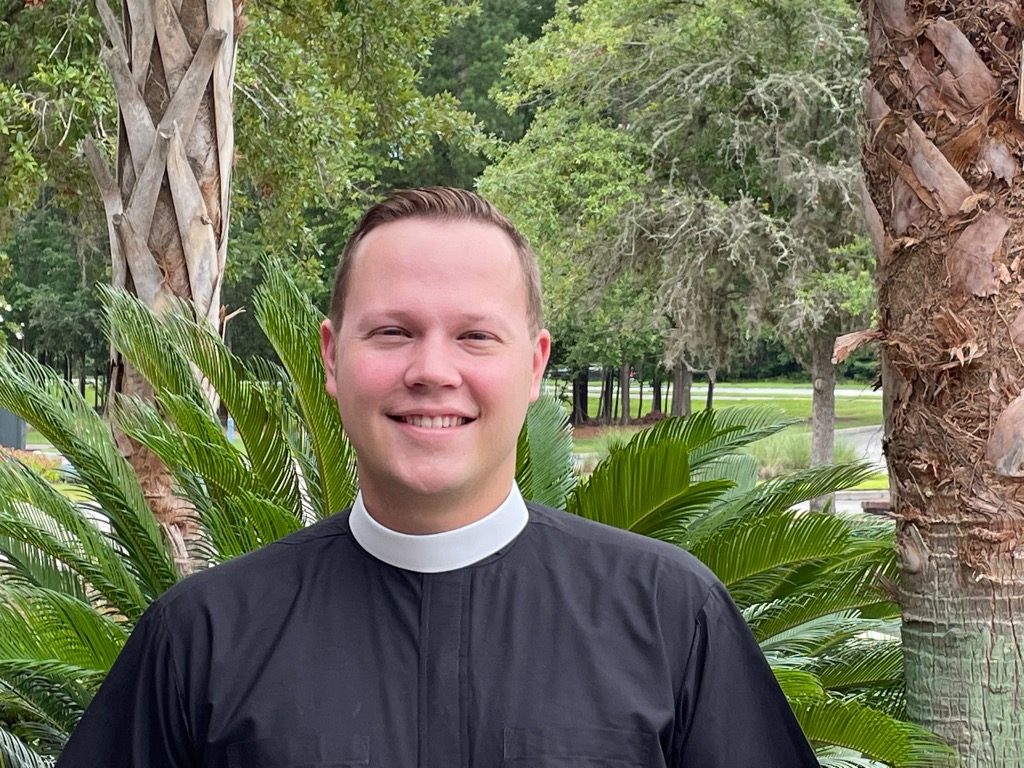As a child born in 1943, I understood ‘church’ to be a place my family frequented on Sunday mornings. While there, we ‘did church’ . . . sang a few hymns, heard a sermon, put some money in an offering plate, shook hands with the preacher, shared pleasantries with a few friends in the parking lot, and went home for the best meal of the week. Most times, it was a test of endurance for a youngster; but if one hoped to play outside later in the day, the line had to be toed. With no substantive variations, many folks continue to carry on the tradition of ‘going to church to do church’ despite the fact that the cultural context for ministry now bears little resemblance to the days of “Ozzie and Harriet.”
My five grandchildren still respect tradition but they are increasingly challenged by the quaint notion of having to go somewhere (church) to do something (church) that may not be immediately self-satisfying. After all, each listens to a personalized playlist on iTunes; sermons are available, if desired, on podcasts; carrying money is passé; BFFs are FaceTimed; and the best meal each week is likely ordered using an iPhone app.
‘Church,’ as I have known and loved it, remained virtually unchanged for hundreds of years largely because the way culture defined itself underwent no seismic shifts; but that’s no longer the case: the cultural context for ministry has been rapidly evolving for decades. Our consistent growth (averaging three families/week) testifies to our willingness to utilize meaningful ways of engaging the generational spectrum within our sphere of influence. On behalf of the 3,571 who attended our Holy Week and Easter services, I thank you for your faithful support as we continue to step boldly and excitedly into God’s new tomorrow.








